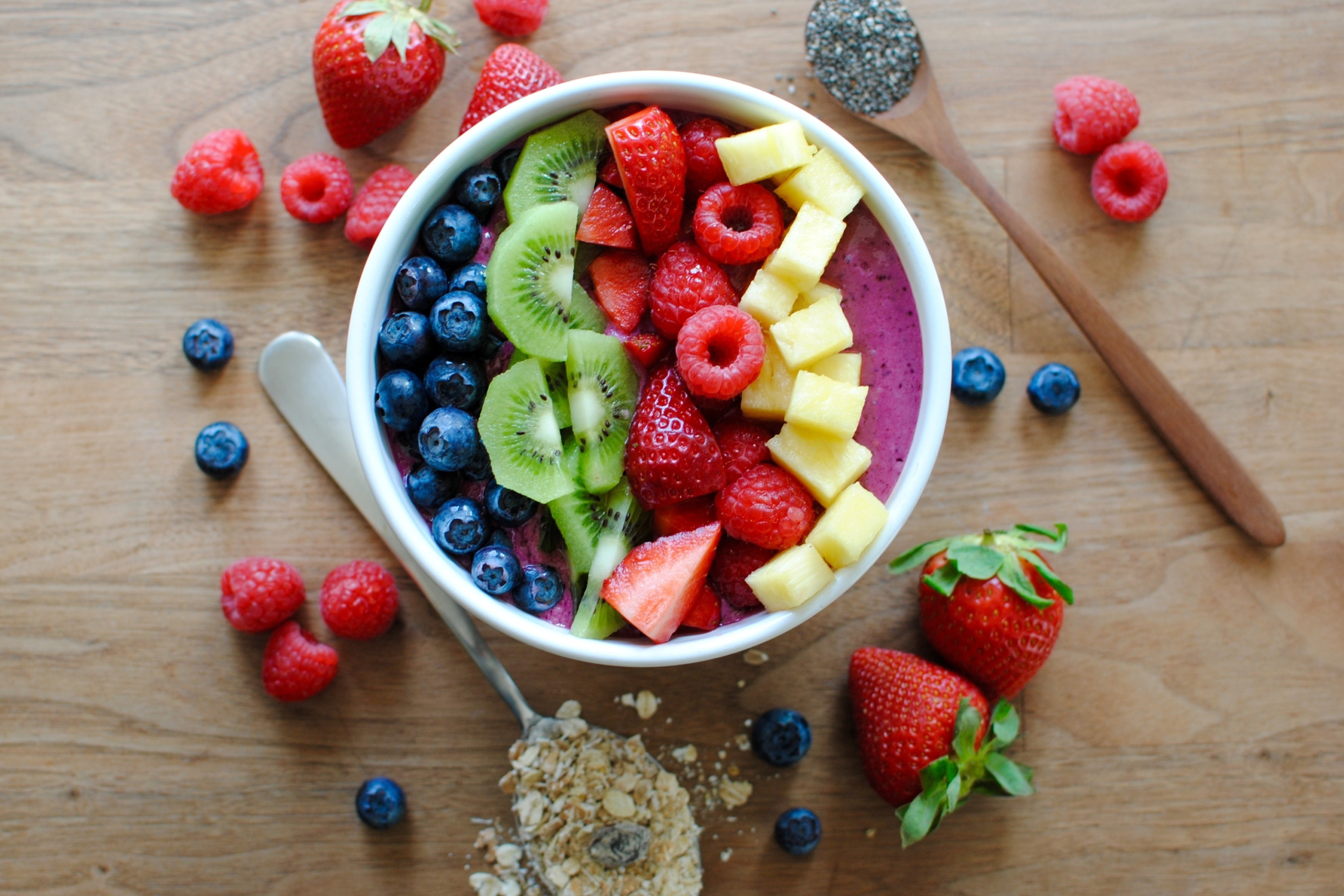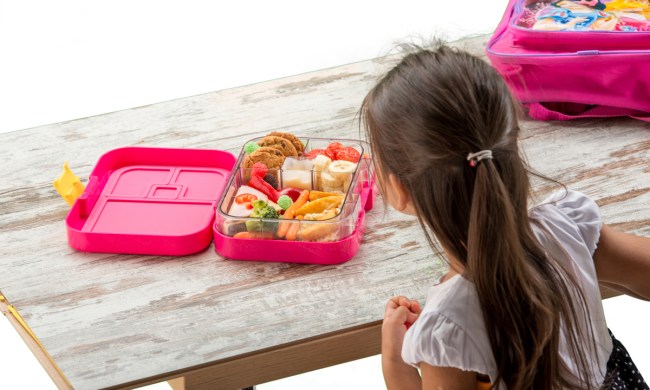Oh, the joys of toddlerhood. That special time when the word “no” is sometimes used more than any other. It is a stage when youngsters began testing the boundaries and seeing just how far they can push them. One place this often plays out is with food. Children are feeding themselves for the first time, and that translates into wanting more control over what they eat and how much of it they consume.
The reality is that during these busy years, children are going through many changes. Toddlers are learning a multitude of new skills, and their language is getting more complex. In addition, they are mastering walking, running, and climbing. Essentially these are the first steps in figuring out how to navigate the world somewhat on their own. As a result, some children long for consistency in other places, like at the dinner table. They can become fixated on certain dishes and fight trying new options.
For many parents, this is a tricky scenario. You want them to eat healthily but, you also want them to eat, period. Toddlers can be surprisingly stubborn when it comes down to it. The solution is to have a few sure-fire food options for picky toddlers. These options must satisfy your little one and assure you that what they are eating is good for them. Here we offer some fast and nutritious recipes that can be added to and modified for any picky eater.

English muffin pizza
Not only is pizza an easy go-to that most kids won’t reject, but this recipe also gives you a chance to involve little ones in the prep. These mini pizzas, made with easy-to-find ingredients, are just the right size for little hands and can be made in a matter of minutes. Split a store-bought English muffin — whole wheat or multigrain ones boost the nutrition value — brush each top with olive oil, put them on a baking sheet, and place under the broiler oven until slightly toasted. Take out of the oven and spread toasted halves with your favorite marinara or pizza sauce, and top with cheese. At this point, you can also add some fresh veggies or extra protein. Just make sure if you add pepperoni, the one you choose is produced without nitrates. Put the pizza back into a 350-degree oven and bake until cheese is melted.
Snack plate with hummus and veggies
Giving children a variety of choices makes them feel as if they are more in control. A hummus snack plate is a great opportunity to offer favorite standbys while mixing in new options that they will be more apt to try. Cucumber slices, baby carrots, sliced peppers, healthy crackers, pita wedges, and pretzels are great choices. The hummus itself is a great source of protein, but for even more, add some cubed chicken or cheese slices. This packs well and makes a great on-the-go lunch.
Cheese quesadilla
Warm tortillas and gooey cheese — what’s not to love? Ready in no time with ingredients that are easy to keep on hand. If your child is gluten-free, tortillas made from quinoa and cassava flour work wonderfully. For the basic version, all that is needed is tortillas and the cheese of your choice. To increase the nutritional punch, add in some healthy protein or vegetables. Try ground turkey or shredded chicken, spinach, diced peppers, or tomato. To cook, add a tablespoon of oil to a grill or frying pan on medium-high heat, put one tortilla down, add cheese and any additional ingredients, and place the second tortilla on top. Once side one is slightly browned, flip, and cook until side two is browned and cheese is melted. Cut into wedges and serve with mild salsa and guacamole on the side for dipping.

Smoothie bowls
There is a reason why smoothie bowls have gained so much popularity in the last few years. They seem like a dessert but, if prepared correctly, are extremely healthy. The key is keeping the smoothie extra thick so it can be eaten like ice cream with a spoon. Another bonus — frozen fruits are ideal for this, so you can always have them in the freezer without worrying about them spoiling. Start with a basic recipe — one cup frozen berries, a frozen banana, a spoonful of yogurt, and any milk of your choice (cow’s, almond, oat, coconut) — blended until it is the consistency you like. Add it to a bowl and get creative with the toppings — berries, cubed kiwi, diced pineapple, mandarin oranges, granola — here is a chance to make your little one a part of the process. Let them get creative by making designs with toppings or even smiley faces.



